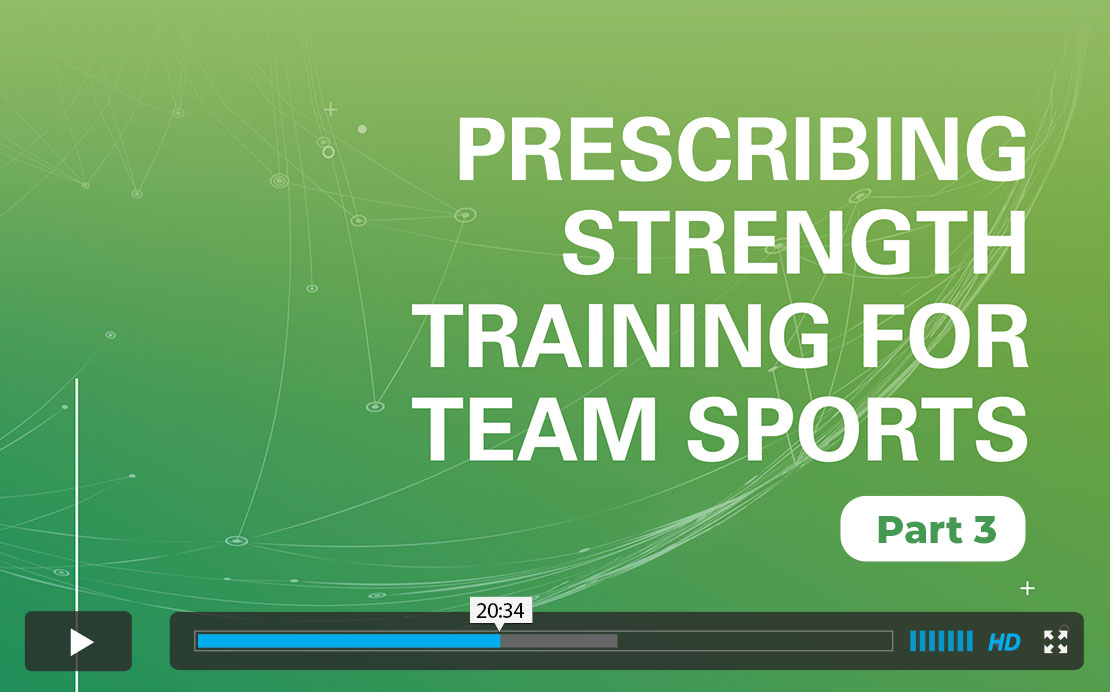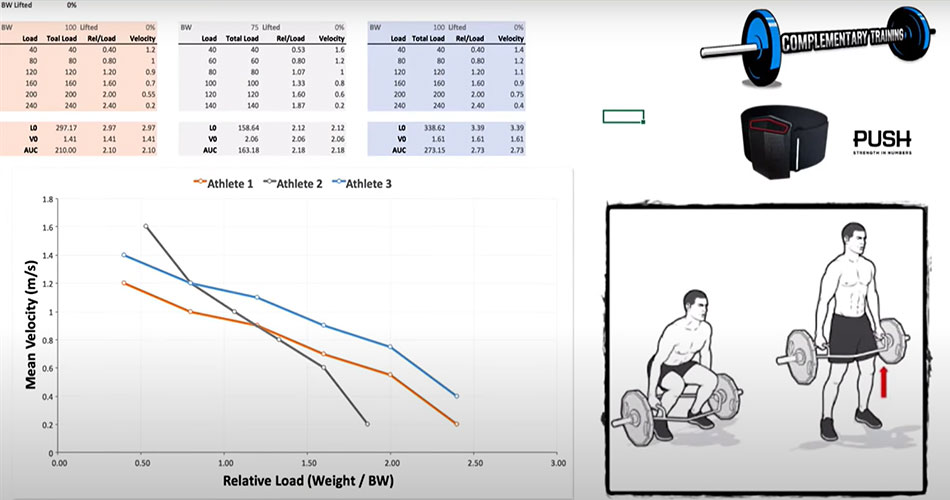Prescribing Strength Training for Team Sports – Part 3
In this video, I will discuss Velocity-based Training (VBT). This includes the discussion of the two main VBT selling points:
- Velocity at %1RM is stable over time and can thus be used to estimate %1RM
- Velocity at RIR (regardless of load) is stable over time and can thus be used to estimate proximity to failure
I will also discuss why I think that the Velocity Loss is a crap metric and why I think VBT is not a practically feasible solution.












Responses